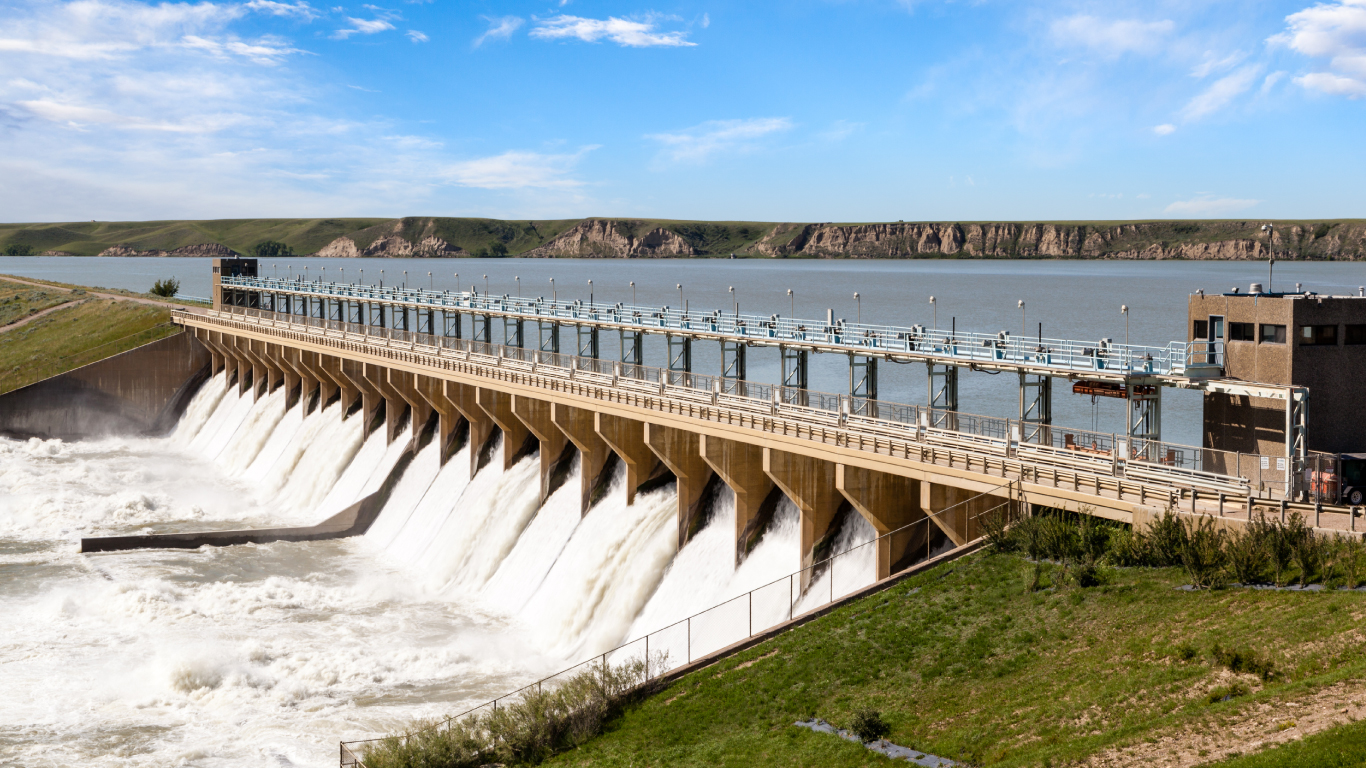
In 2022, despite COVID-19 pandemic challenges and semiconductor shortages, global electric vehicle (EV) sales represented 14% of all vehicles sold, marking a substantial increase from the 9% market share in 2021. This rise, led by China and Europe, contributed to a total of over 26 million EVs on roads, with battery electric vehicles (BEVs) driving about 70% of this growth.
The global numbers have added a spark to a new standard recently announced by the Government of Canada, as the country aims to improve EV supply chains and infrastructure and gradually transition away from fossil fuels.
Regulations will require at least 20% of new vehicles sold in Canada to be zero-emission vehicles (ZEVs) by 2026, at least 60% by 2030, and 100% by 2035. ZEVs include BEVs and plug-in hybrid electric vehicles.
These regulations emphasize not only the economic significance of ZEVs but also their pivotal role in meeting Canada’s future emission targets and green-electrification objectives. However, a transition away from fossil fuels poses a crucial question: is Canada's energy infrastructure ready to accommodate this possible wave of ZEVs?
Residential energy trends
A look at electricity usage in the residential sector reveals a growing trend in energy demand starting around 2016. In 2019, residential electricity demand in Canada reached 625,060 terajoules, indicating an upward trajectory and coinciding with the increasing proportion of ZEVs in the Canadian market.
In 2017, ZEVs represented 1.0% of new Canadian vehicle registrations, growing by over tenfold to 10.3% through the first three quarters of 2023. Most ZEV charging is done at home, primarily during off-peak hours when electricity demand is lower. This integration into residential routines contributes to an increase in the residential sector's electricity consumption.
While there is a link between growing residential energy demand and ZEV usage, other factors related to increased energy usage such as population growth and more housing must also be considered.
Demand by province
Quebec, Ontario, British Columbia and the territories have led in ZEV representation in recent years, accounting for 92.2% of new ZEV registrations in Canada from 2018 to 2022. A regional perspective allows for a more observable impact of ZEVs.
While some provinces are plateauing in residential energy demand, British Columbia experienced consistent growth from 69,962 terajoules in 2018 to 78,082 terajoules in 2022. In 2018, ZEVs represented 0.5% (14,773 vehicles) of registered light-duty vehicles on British Columbia roads, growing to 2.8% (91,528 vehicles) in 2022.
However, Alberta—which demonstrated the second-largest percentage increase from 2018 to 2022 in residential energy demand—appeared in the lower end provincially, with ZEVs representing 0.3% of total light-duty vehicle registrations.

Future projections and energy strain
In 2022, Canada’s total electricity generation hit 636.2 million megawatt-hours (MWh), a 1.3% increase from the previous year. Due to the country’s growing needs for electricity, electricity generation is expected to continue to grow.
As regulations call for increasing proportions of new vehicle sales to be ZEVs in the decade leading up to 2035, it’s reasonable to project that there could be 10 million ZEVs on the road by then, based on the 24.8 million light- and medium-duty vehicles registered nationwide in 2022.
Most EVs presently on the market consume approximately 3,000 to 6,000 kilowatt-hours (kWh) annually for 20,000 km of driving—a range that notably exceeds the annual consumption of a new refrigerator (around 500 kWh per year), according to the Canada Energy Regulator (CER).
In that scenario, additional consumption from 10 million EVs would be 30 to 60 million MWh, or 4.7% to 9.4% of 2022’s electricity generation.
Canada’s diverse energy mix
As Canada shifts towards widespread ZEV adoption, the energy sector faces new challenges and opportunities. In 2022, the majority of electricity was produced by hydraulic turbine (61.9%). The remainder was produced by combustible fuels (18.7%), nuclear (12.9%), wind (5.7%) and solar (0.6%).
This diverse energy mix with a movement away from combustible fuels and a focus on increased use of renewable power generation positions Canada well for managing potential energy demands from increased ZEV adoption. However, the CER projects that regional variations in energy generation, such as hydro dominance in some provinces and fossil fuel reliance in others, necessitate tailored emission reduction strategies.
Note to readers
Energy data are accessible on the Canadian Centre for Energy Information, a convenient one-stop virtual shop for information on energy in Canada with a collection of indicators and data visualization tools, allowing users to visualize key statistics.
StatsCAN app
Did you know you can read StatsCAN Plus articles and more on the StatsCAN app? If you’re already using the app, let us know what you think by leaving a review in the App Store and Google Play.
Contact information
For more information, contact the Statistical Information Service (toll-free 1-800-263-1136; 514-283-8300; infostats@statcan.gc.ca) or Media Relations (statcan.mediahotline-ligneinfomedias.statcan@statcan.gc.ca).
